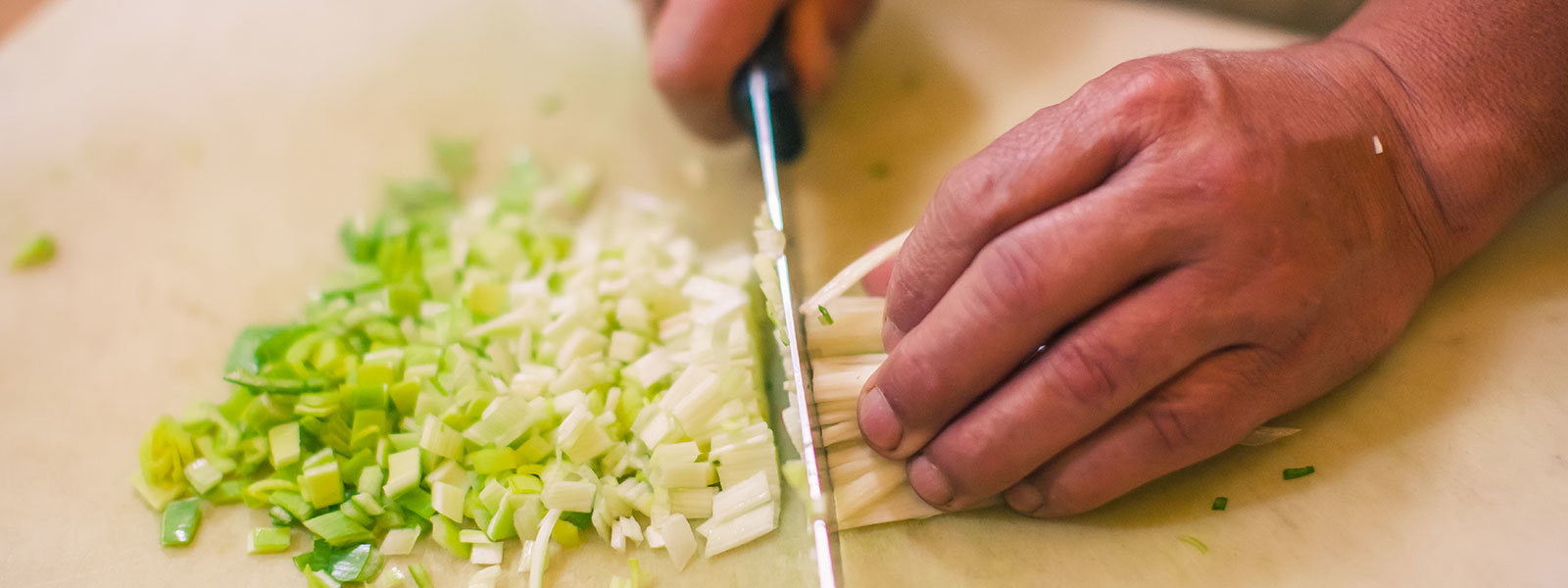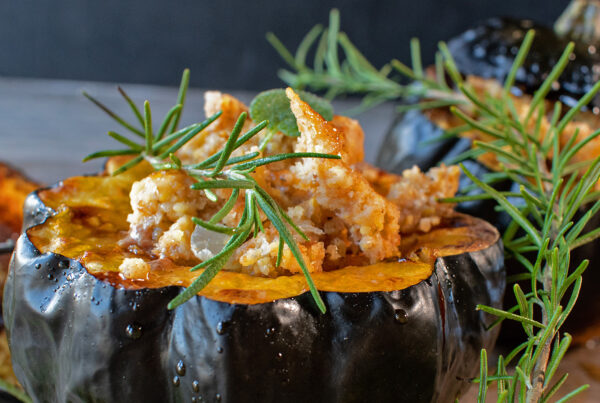“Michael Pollan’s maxim “Eat food, not too much, mostly plants,” is still the best nutritional regimen you can follow for good health within and without.”
At your core, deep inside your gut, you have a garden…a plethora of bacteria creating your very own bio-network. The health and happiness of this intimate ecology influences your health, your likelihood of being obese and a myriad of other health concerns. All of us live in a grand symbiosis where we play host to a trillion little one-celled creatures—they outnumber the cells that make up our tissues by ten to one. We provide the little guys with a place to live and regular access to food, and they help us with digestion and influence how our metabolism and immune system works. But you are not just a passive host—the choices you make about food are your contribution to this system that, in turn, supports your health.
The majority of this garden lives in the long intestine (colon) and works happily (we hope) on metabolizing the stuff that we can’t or don’t process. Their ability to rapidly evolve—a generation turns every twenty minutes—allows them to quickly respond to varying intestinal conditions—and they are masters of chemical and genetic engineering! They produce short-chain fatty acids which feed the cells lining our gut and which are easily absorbed to carry fat-soluble molecules on into the liver. They make biotin, vitamin B12 and vitamin K as well as variety of amino acids and metabolites (end-products of the bacteria’s own digestive processes). What we eat influences the types of bacteria that live in us and what they produce. And, what lives in us correlates with whether we are obese, have Type 2 Diabetes or heart disease. Current science has demonstrated that our little lodgers influence how much energy we absorb from food, how our metabolism is regulated and how much inflammation we experience.
Biodiversity is an indicator of gut health—however, there are two major phyla of gut bacteria—the Firmicutes and the Bacteroidetes. Weight loss through dietary changes seems to increase the levels of Bacteroidetes. Firmicutes favor more calories and less fiber and are associated with higher fat absorption, obesity and inflammation. One study showed that changes in diet and amount of calories significantly changed the gut flora within 24 hours. Obesity, of course, increases your risk for Type 2 Diabetes, some cancers and heart disease.
If you eat meat regularly, you have a different microbiome than folks who eat no animal products. This difference in gut bacteria may result in a higher heart disease risk—researchers have found an interesting link between high levels of a waste product that gut bacteria produce after consuming carnitine or choline. Carnitine is a compound that shuttles fats into the mitochondria (our cellular energy-production factories). It is concentrated in muscle tissue and found in high amounts in red meat and some energy drinks. When certain gut bacteria consume carnitine they produce a gas which gets absorbed and carried to the liver, which then turns it into trimethlamine-N-oxide (TMAO). The same process happens when gut bacteria consume choline. Choline is found in high amounts in eggs, milk, liver and peanuts. Our bodies make both carnitine and choline normally, but when we eat foods with high concentrations of these compounds, TMAO levels increase.
TMAO makes it easier for immune system scavenger cells to begin their invasion of damaged tissue-lining blood vessels. These scavengers engorge themselves on LDL cholesterol that has been damaged, or oxidized, and eat up so much of it that they become foam cells, which help form the arterial plaque we know as atherosclerosis, or hardening of the arteries.






